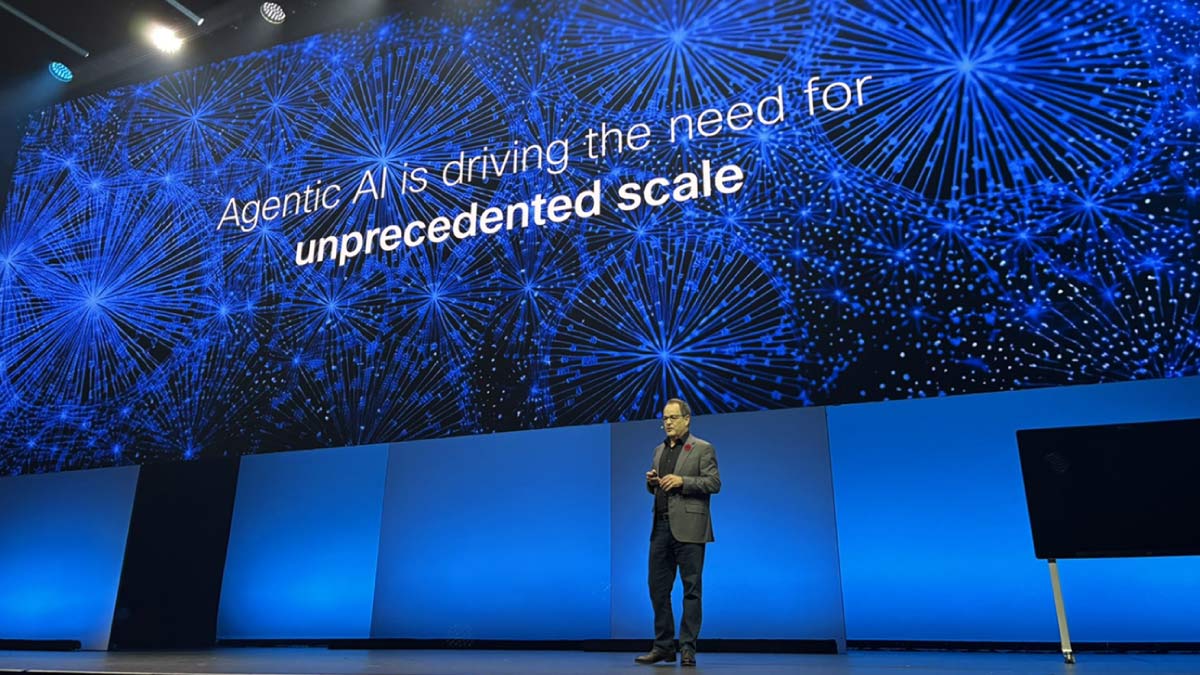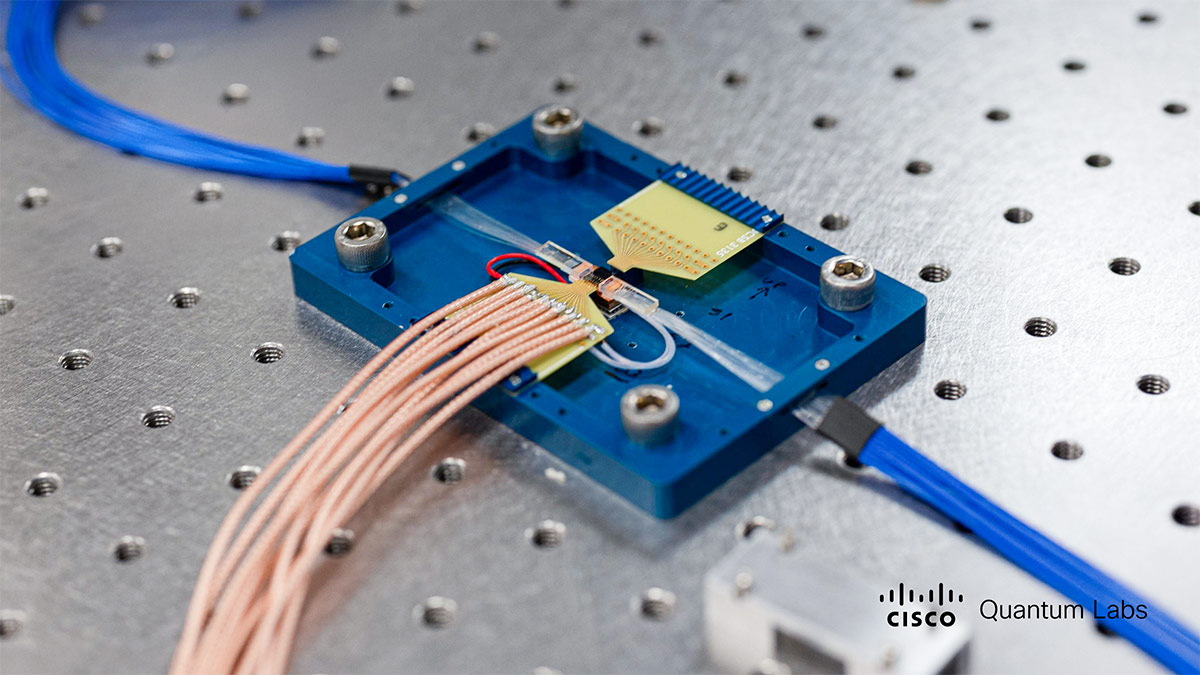General Dynamics Information Technology (GDIT) and Cisco have enjoyed a long partnership based on cutting-edge innovation.
Their latest chapter is the GDIT 5G Emerge Lab. Designed to explore nest-gen-wireless solutions for military, enterprises, health care, disaster response, and many other applications, the lab has drawn strategic investments, technology, and other support from Cisco.
To get a greater understanding of what the 5G Emerge lab means for the future of wireless innovation, we spoke with Ben Gianni, GDIT’s vice president and chief technology officer.
Q. Thank you, Ben! How long have Cisco and GDIT partnered, and what were some of the common goals that brought them together?
A. That’s a great question for me, Kevin, because I remember back to the time this relationship first began in the 1980s. I remember working with Cisco on some early internet equipment at NASA’s Ames Research Center. I think our common goals have remained consistent since that time. And that is to provide our shared government customers with some of the most capable, secure, and productive technology infrastructure for their critical missions. Those objectives remain rock solid today.
Q. What are some key successes that you could highlight?
Well, there have been many. But overall, this has been a true strategic-partner alliance.
I see very strong commitment from both parties to always do what’s right, and always do the best possible work. And we’ve been able to scale the relationship, with the ability to solve issues based on what’s right for the client and their mission — whether that’s the U.S. Department of Defense, the Air Force, NASA, or some of the federal civilian agencies we work with, like the environmental protection agency. And no matter how advanced the technology, we find we have a willing partner in Cisco, with top-notch talent that sits with our teams to craft the best solutions for our must-win programs.
Q. 5G is central to the partnership today. What is the 5G Emerge lab, and why did Cisco choose to invest in it?
A. The 5G Emerge Lab is both a physical and virtual space for engineering and integration of technologies, where we can learn and refine 5G capabilities before we go to the market. It allows us to test various use cases at the application level so that we can demonstrate them both internally and working directly with customers.
Cisco is contributing the related networking, security, and enterprise compute, not only for the data-center class, but also for user edge. And we have the radio units, various sensor connectivity as well as backhaul to the public Internet. It’s all around demonstrating these 5G capabilities, showing what’s possible and doing it securely.
Q. What are some of the key 5G use cases and innovations that will come of this new phase of the partnership?
A. Well, there are quite a few. They range from healthcare to supply chain to various mission applications around the tactical edge, disaster response, border management, contingency operations, and many others. And the technologies involved would include various sensors, and the infrastructure to connect those. We are also exploring immersive environments, automating logistics and warehousing, as well as interactive platforms for repair and maintenance, and autonomous driving and flying. And there are great applications for telehealth, expanding who can access healthcare, and further on, robotic surgery or surgical assistance. Many of these things weren’t possible before 5G.
Q. Do you see 5G as a platform that will support emerging technologies to reach their full potential?
A. We’re talking about getting two-and-a-half gigabits bandwidth from wireless technologies. So, whenever there is a lot of intensive data or video imagery plus a need for faster responsiveness and much lower latency, 5G will make new things possible. It really is a game changer. And that potential is really resonating with our government customers who are considering these new technologies and advanced use cases.
Q. 5G could potentially impact the digital divide in regions that lack broadband. How can the 5G lab’s research help in that regard?
A. Unfortunately, the broadband buildout didn’t reach some rural locations and other geographies. That's often more of an economic issue than a technical one. But 5G does have the capability to close the gap in many miles of fiber-optic connectivity, by replacing it with wireless towers. So, while the 5G Emerge Lab is not specifically targeting the digital divide, we can still help create that opportunity with our technologies — to bring deployment to these underserved areas in a much more optimized way.
Q. What do you see for the future of the partnership between GDIT and Cisco?
A. Knowing the talent of the people that have been involved from these organizations over the years, I expect a lot of growth maturity. And I could see us going even further in our alliance. To take on complex and challenging technologies beyond 5G, like quantum computing.
It’s a constant learning process for all of us. By exploring these early use cases in the lab, we are doing our part to define the art of the possible.
###
Related content:




